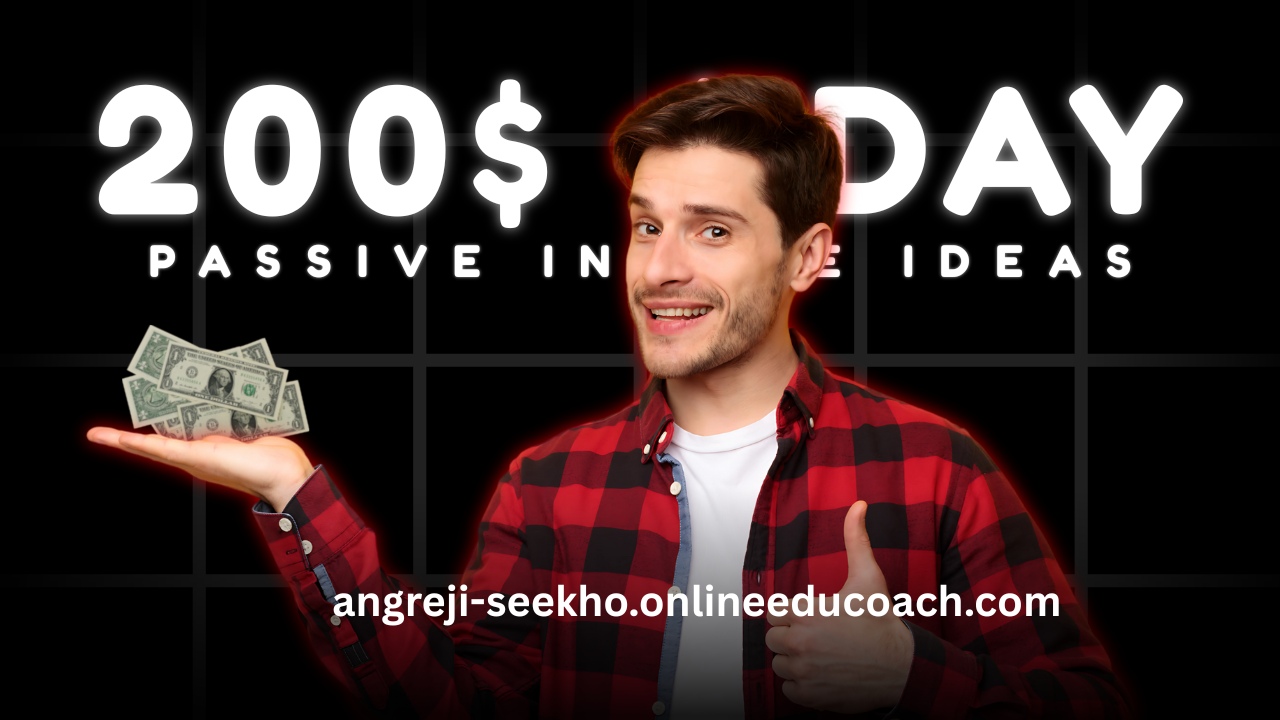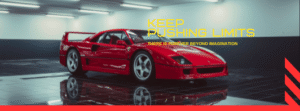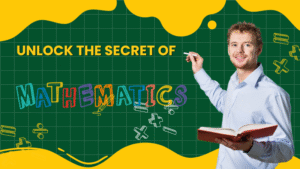Future Of Arts
Future of Arts
The future of arts is both exciting and dynamic, shaped by evolving technology, changing societies, and new modes of expression. From traditional paintings and sculptures to digital media, virtual experiences, and AI-generated works, art is continuously transforming. As the world becomes more connected and creative tools become more accessible, the definition of art itself is expanding. The future of arts promises a blend of innovation, diversity, and deeper human connection, where artists can express more freely and audiences can engage more widely.
One of the most significant influences on the future of art is technology. Digital platforms have already changed how art is created, shared, and experienced. Artists now use tablets, software, and artificial intelligence to design artworks that were once unimaginable. Virtual reality (VR) and augmented reality (AR) allow viewers to step inside paintings or interact with art in 3D environments. These immersive experiences are redefining how people understand and connect with art.
Artificial Intelligence (AI) is becoming a creative partner in the art world. Programs like DALL·E and Mid journey can generate detailed images based on text prompts. Musicians use AI to compose melodies, and writers explore storytelling with machine learning. While some fear that AI might replace human creativity, most experts agree that it is more likely to act as a tool—expanding what artists can do, rather than replacing them. The collaboration between human imagination and artificial intelligence opens up a completely new realm of possibilities.
Social media and the internet have revolutionized how art is shared and appreciated. Platforms like Instagram, TikTok, and YouTube allow artists to reach global audiences instantly. Artists no longer need to rely solely on galleries or museums for recognition. This democratization of art has given rise to countless independent creators who express their talents through digital storytelling, visual design, and short-form videos. In the future, this trend is expected to grow, giving more people the chance to turn their passion into a profession.
The boundaries between art forms are also becoming more fluid. Artists are increasingly blending music, visuals, dance, performance, and technology into unified experiences. For example, a live concert might include digital projections, interactive light displays, and motion-sensitive installations. The future of art lies in these hybrid experiences that stimulate multiple senses and invite audience participation. Art will no longer be something to observe from a distance—it will be something people can step into, touch, and shape.
Globalization and cross-cultural exchange will continue to influence the arts. As artists connect with peers from around the world, they share techniques, ideas, and stories. This exchange leads to richer, more inclusive creations that reflect diverse identities and experiences. Indigenous, minority, and underrepresented voices are gaining more platforms, ensuring that the art of the future is not only innovative but also meaningful and representative of a broader human narrative.
At the same time, the future of art education is also evolving. Online courses, creative apps, and digital studios allow learners of all ages to develop artistic skills. Students are no longer limited to formal classrooms—they can learn animation, painting, music, or film editing from anywhere in the world. This shift is creating a new generation of creators who are self-taught, digitally fluent, and eager to explore unconventional forms of art.
Environmental consciousness is another powerful influence. Many artists are using their work to raise awareness about climate change, sustainability, and the fragility of our planet. Eco-friendly materials, recycled art, and installations that interact with nature are gaining popularity. In the future, art may play a bigger role in promoting environmental responsibility, inspiring action through powerful visual messages and emotional connections.
The role of NFTs (Non-Fungible Tokens) and block chain technology is also reshaping the art market. NFTs allow artists to sell digital works directly to buyers while keeping ownership records transparent and secure. Though the NFT space is still developing, it has already changed how digital art is valued and collected. In the future, digital ownership might become as significant as traditional collecting, offering new opportunities for artists to earn a living and protect their rights.
Despite all the changes, one thing remains constant—the emotional power of art. Whether it’s a painting, a dance performance, a film, or a piece of digital animation, art continues to inspire, heal, provoke, and unite. The tools may change, the styles may evolve, but the human desire to create and express will always endure. In fact, as the world becomes more automated and virtual, the need for genuine human creativity may become even more vital.
In conclusion, the future of arts is full of promise. It will be shaped by innovation, inclusivity, and imagination. Artists will continue to push boundaries, challenge norms, and reflect the changing world around them. With the help of new technologies, global collaboration, and creative freedom, art will evolve into something more interactive, immersive, and meaningful. The future of art is not just about what we see—it’s about how we feel, think, and connect with one another through the universal language of creativity.









































1 comment